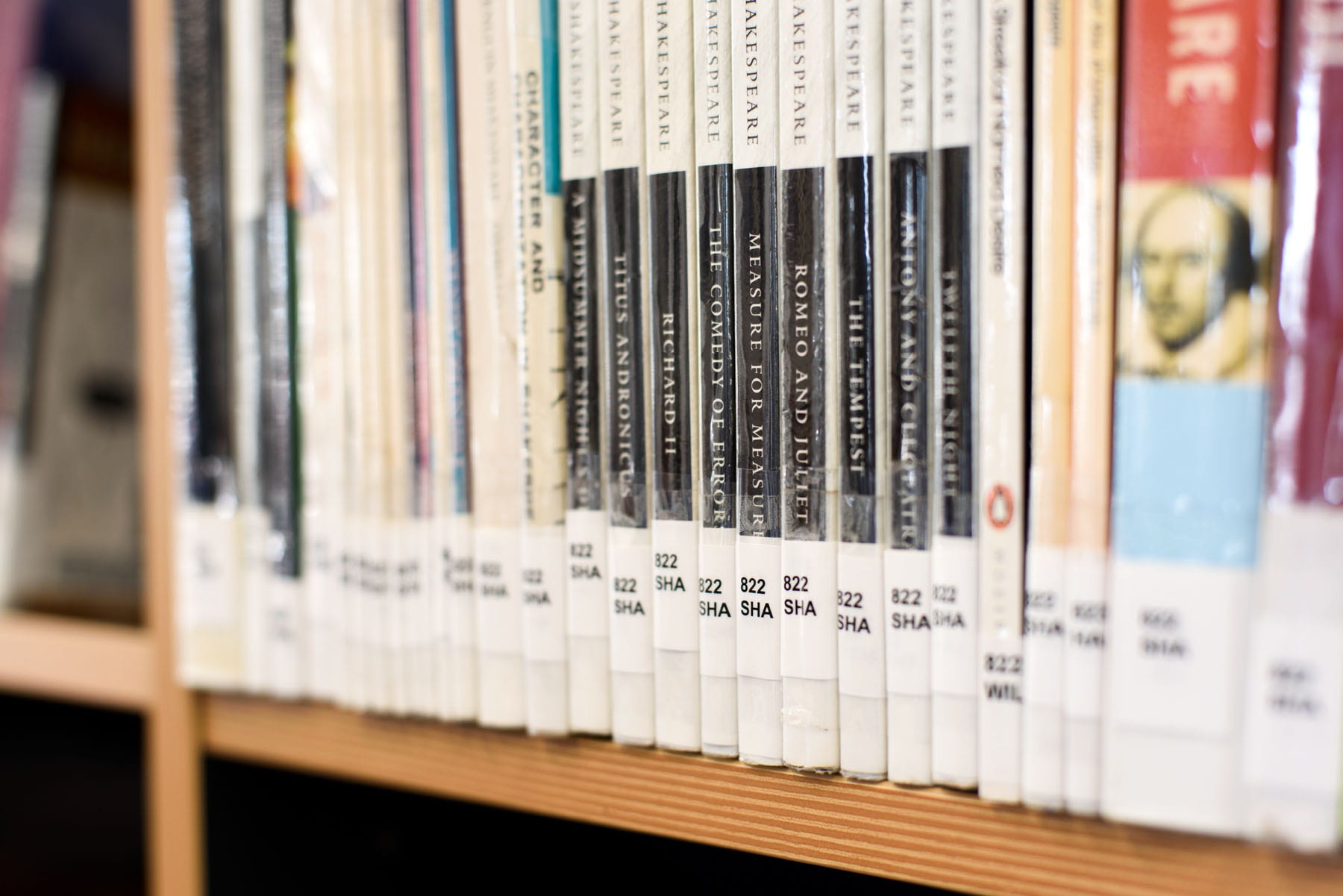Welcome to lesson 6 of the SCIS short course! Let’s get started …
What is classification?
Once an item has been described and assigned subject headings, it needs to be classified. A classification system enables materials to be arranged according to a designated order. When users search the library catalogue, the classification will direct them to the correct area on the shelves to locate items. Most often items on the same subject will be grouped together.
One of the most widely used classification systems is the Dewey Decimal System.
Dewey Decimal System (DDC)
The Dewey Decimal Classification System (DDC) assigns a three-digit number to each area of knowledge so that materials can be shelved in numerical order with materials on the same subject together. Within each area, subjects can be further defined by adding additional numbers after a decimal point.
The ten main classes defined by the DDC System are:
| Dewey number | Class |
| 000 | Computer science, information and general works |
| 100 | Philosophy and psychology |
| 200 | Religion |
| 300 | Social sciences |
| 400 | Language |
| 500 | Science |
| 600 | Technology |
| 700 | Arts and recreation |
| 800 | Literature |
| 900 | History and geography |
DDC is a hierarchical system. This means that all topics within each of the main classes are part of the broader topic above them. In general, the longer the number, the more specific the topic it represents.
For example:
| Dewey number | Topic |
| 700 | Arts and recreation |
| 790 | Recreation and performing arts |
| 796 | Athletic and outdoor sports and games |
| 796.3 | Ball games |
| 796.33 | Inflated ball drive by foot |
| 796.336 | Australian-rules football |
Editions of DDC
DDC is available online, by subscription or print-on-demand.
Call numbers
Libraries use call numbers to label their materials for shelving. A call number for nonfiction resources is usually made up of the classification (DDC) number, and then other information to help users find the item on the shelf, such as letters from the author name, or a location prefix. A location prefix refers to the section of the library in which the item is shelved, such as Nonfiction, Reference, Fiction, or Teacher Reference. The call number suffix may be based on the author’s name and allows items with the same classification number to be shelved in alphabetical order so that they can be easily found.
REF ← Prefix for Reference Area
636.708 ← Classification Number
RIC ← Suffix based on the first three letters of the author name
Using DDC as a component of a call number ensures that materials on similar topics are shelved together and supporting browsing for items of interest.
Genre
Fiction collections have traditionally been shelved in alphabetical order, according to the author’s surname, without a classification number. In recent years, many libraries have started to split the fiction collection up into ‘genres’. This means that the books are shelved in small sections, with the same type of books shelved together. Within each section, the books may still be shelved in alphabetical order.
This ensures similar fiction materials are stored together, and helps students and teachers to find the books that they like.
Things to consider
- Determine the genres that you want to use. You don’t have to make up a list yourself; you can use authorised genre lists from agencies such as SCIS or Library of Congress as a guide.
- Review the space you have, and plan how you will rearrange your shelving and signage.
- Decide how you will label the books, and reflect their location in the catalogue.
Activity
Take a look at your current collection, and how resources are shelved and displayed in your library. Do you already use classification, Dewey and/or call numbers? If so, fantastic! Are you satisfied with the order and layout you have chosen? Do any sections or shelves need review? If you don’t already use genre to group items, is this something you might consider?
If your library is not yet organised, how can you begin to implement these important changes? Consider what we’ve discussed here, review your current resources, and come up with a plan to classify and shelve them in a way that will best serve the needs of your users.
Conclusion
Classification helps you to keep your library organised, and ensure that resources can be easily found by educators and students in your community. We’ve explored Dewey, and provided an overview of call numbers and genre classification. Next week is our final lesson, where we bring everything together.
Further reading
- National Library of New Zealand, Services to schools: Arranging library fiction by genre, https://natlib.govt.nz/schools/reading-engagement/libraries-supporting-readers/arranging-library-fiction-by-genre
- OCLC 2018, Resource for teachers and students of the DDC, https://www.oclc.org/en/dewey/resources/public.html
- Davenport, S 2018, ‘Genrefying the fiction collection’, Connections, issue 102 https://www.scisdata.com/connections/issue-102/genrefying-the-fiction-collection
- Schools Catalogue Information Service (SCIS), Connections 104: Genre Wars https://www.scisdata.com/connections/issue-104/genre-wars


Could you please send me a suitable Dewey onlne game for students?The one I used to use is not very user friendly for newer computers because of its dated site.
Hi Belinda. Unfortunately, we do not have this available. However, SCIS have created a Facebook group where you can ask other school library staff these types of questions. Hopefully, this will help. Regards, Carmen
https://www.facebook.com/groups/570608273802240/?source_id=109512989132958
Thank you for an informative section. I could not find what the “We’ve explored the difference between full and abridged Dewey” referred to in the conclusion.
Ah! Thank you. I will review and update. Carmen.